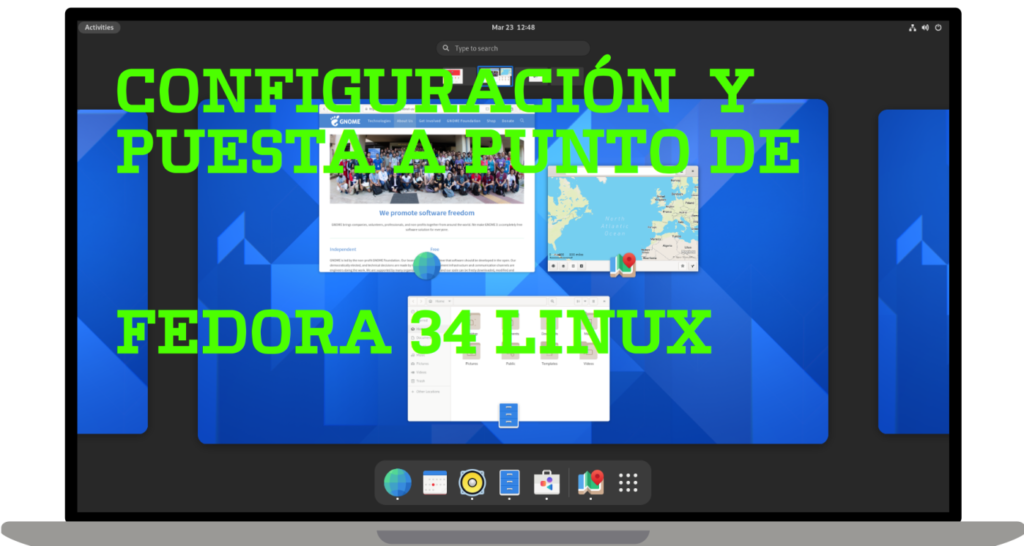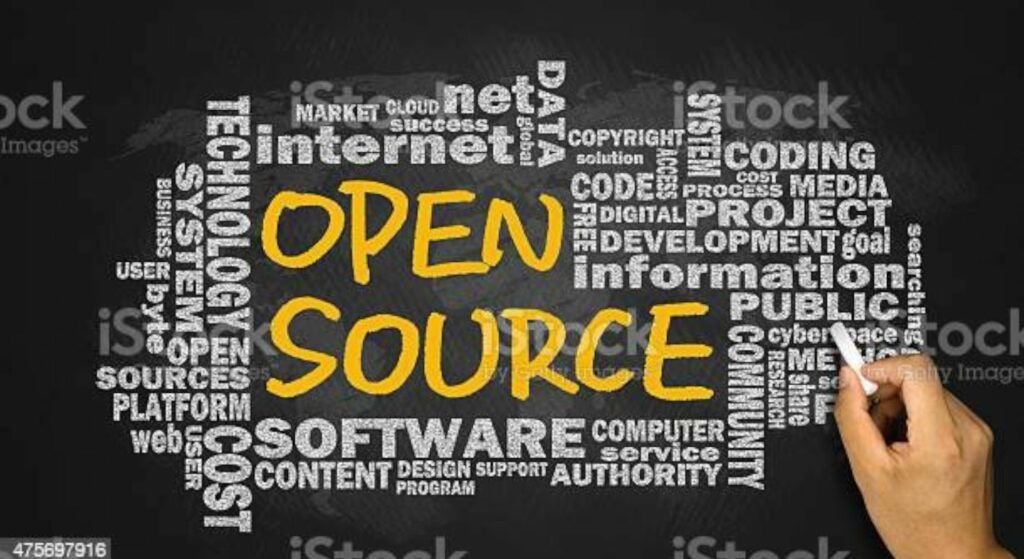He kernel It is a software that constitutes a fundamental part of the operating system and is defined as the part that runs in privileged mode, known as kernel mode. It provides different programs with secure access to the computer's hardware, or in a basic way; it is responsible for managing resources through system call services. Since there are many programs and access to the hardware is limited, it is also responsible for deciding which program can use a hardware device and for how long, which is known as multiprogramming. Accessing the hardware directly can be really complex, so kernels usually implement a series of hardware abstractions. This allows complexity to be hidden and provides a clean and uniform interface to the underlying hardware, making it easier for the programmer to use.
Linux is a mostly free kernel similar to the Unix kernel. It is free and open-source software. It is developed by contributors around the world under the GPLv2 license.
The Linux kernel was conceived by him then Finnish computer science student Linus Torvalds in 1991. Linux quickly gained developers and users who adopted code from other free software projects to use with the new system kernel. Currently, thousands of programmers from all over the world contribute to its development.
Linux is multiprogramming, has virtual memory, memory management, networking, and allows for shared libraries. Linux is cross-platform and portable to any architecture as long as it has a compatible version of GCC.
Liquorix is an enthusiast Linux kernel designed for uncompromising responsiveness on interactive systems, enabling low-latency computing in audiovisual production and reducing frame rate drift in games.
Main features:
1. Zen Interactive Tuning : Tunes the kernel to achieve responsiveness at the expense of performance and power usage.

2. PDS Process Scheduler : Fair process scheduler for games, multimedia and real-time uploads.
3. High-resolution programming : : 1000Hz speed for precise task scheduling with low jitter.
4. Hierarchical RCU based on preferable trees : RCU implementation for real-time systems.
5. Hard Kernel Preemption - More aggressive kernel preemption before requiring real-time patches. Ensures a responsive system in high-intensity mixed workload scenarios.
6. Just budget tail : : Suitable disk scheduler optimized for desktop use, high performance/low latency.
7. TCP BBR2 Congestion Control : Fast congestion control, maximizes performance and ensures higher speeds than Cubic.
8. Compressed exchange : Swap storage is compressed with LZ4 using zswap.
9. Multigenerational LRU : Alternative LRU algorithm that performs better under high memory pressure and uptime.
10. Binary builds for popular Debian distributions Binary builds are produced for Debian Stable, Testing, and Unstable. Ubuntu builds are available from the Liquorix PPA on the same day, a few hours after the Debian releases are published.
11. Direct replacement for the distribution kernel : Appropriate distribution-style configuration that supports the widest selection of hardware. Paravirtualization options enabled to reduce virtualization overhead.
Install Liquorix kernel
Script installation on Debian, Ubuntu and Arch
$ sudo apt install curl
$ curl -s 'https://liquorix.net/install-liquorix.sh' | sudo bashInstallation via unofficial repositories for Ubuntu Linux (valid for Ubuntu Linux 24.04 LTS).
$ sudo add-apt-repository ppa:damentz/liquorix
$ sudo apt update
$ sudo apt-get install linux-image-liquorix-amd64 linux-headers-liquorix-amd64Update GRUB to reflect build changes.
$ sudo update-grub
$ sudo update-grub2
$ sudo update-initramfs -uHaving reached this point, all that remains is to reboot and check in GRUB and the loaded Desktop Environment that we are now using the installed Liquorix Linux Kernel.

To check for the new kernel version on Debian, you can use the following command in the terminal.
$ uname -r
Conclusions
The Linux kernel "Liquorix" is a great and modern kernel alternative for those GNU/Linux operating systems where users want to get a little more out of their current hardware, especially when it is a modern computer and they work intensively producing multimedia content or playing high-graphics games.

